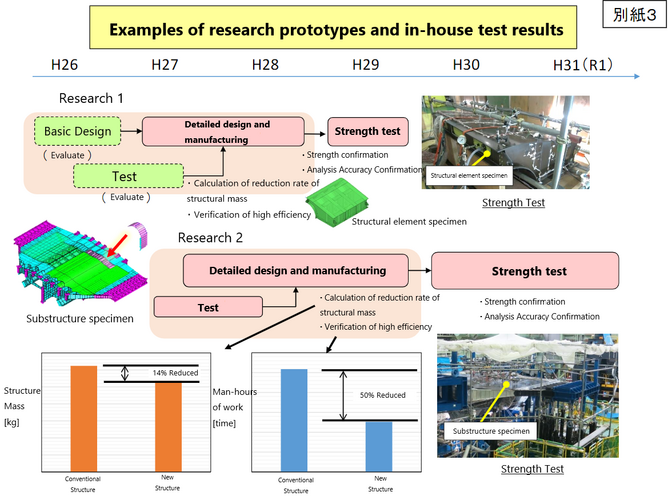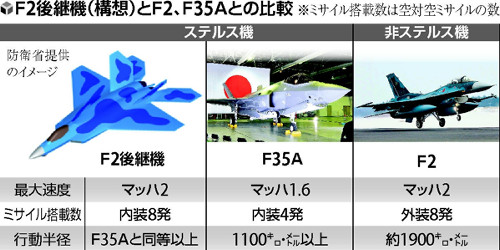Such a move could also influence other nations to consider joining, further broadening GCAP’s international reach. For now, Germany’s alignment remains firmly with FCAS.
Meanwhile, the United Kingdom also previously invited India to collaborate on the Tempest program, the precursor to GCAP, but the prospects of India joining the initiative remain slim at present.
However, the slow progress of India’s fifth-generation fighter program could change the dynamics in the future, potentially leading to a reconsideration of the GCAP option.
In a similar line, Shashank S. Patel, an India-based geopolitical and defense analyst, told EurAsian Times that India’s most significant challenge lies in the successful domestic development of the Advanced Medium Combat Aircraft (AMCA) before 2030.
With an urgent need to upgrade its air combat capabilities, India has been compelled to procure advanced fighter jets from foreign manufacturers, a factor that may affect its interest in pursuing participation in the GCAP initiative.
He said, “As the members of GCAP agreed to expansion, it is a certain possibility that India will get an invite to join this sixth-gen fighter jet program. India’s inclusion will shorten the time elapsed for completion of the project by some years compared to the planned launch in the mid-years of the next decade. It is not a baffling defense enigma that India is open to scrolling such proposals, as India-France held such talks in the past to materialize such joint development initiatives.”
Patel argued, “It is obviously in favor of Indian air capabilities to join such next-gen tech initiatives, which will enhance the current rolling of fifth-gen fighters as well as establish its own elite cohort of countries of sixth-gen fighters of the future. The core lies in ‘how early and when this multinational grouping develops supersonic 130kN+ thrust class engines to propel such jets’.
Another key factor that may influence India’s decision is the current state of the Indian Air Force’s combat aircraft fleet, which has reached an
unprecedented low. The IAF is currently operating with just 31 squadrons, a number not seen since the 1965 India-Pakistan war.
The authorized strength for the IAF is set at 42 squadrons, a target intended to reflect the strategic threat levels at India’s borders. However, the force has been steadily shrinking due to the retirement of aging Soviet-era aircraft, with replacements failing to be inducted at a pace necessary to maintain operational readiness.
Compounding this challenge is the IAF’s ongoing struggle with the Medium Multi-role Combat Aircraft (MMRCA) acquisition process. India’s request for information (RFI) to acquire 114 fighters has yet to make significant progress, further delaying the replenishment of its fleet.
Meanwhile, India’s adversaries, such as China and Pakistan, continue to develop or acquire advanced fighter technology. China now operates two stealth fighter jets, while Pakistan is in the process of acquiring J-35 stealth aircraft from China.
A week after Rome ratified the Global Combat Air Program (GCAP) treaty, leaders from Japan, the UK, and Italy convened on November 19 to explore broadening the ambitious joint fighter aircraft development initiative to include additional international partners. The GCAP, launched in 2022, is a...

www.eurasiantimes.com
Business Standard learns that a UK delegation, including Ministry of Defence (MoD) officials and executives from British defence giant BAE Systems, who will arrive on February 18 for the Aero India 2019 exhibition in Bengaluru, will brief Indian MoD and IAF officials and gauge the potential for collaboration.
The U.K.-headquartered firm will lead “Team Tempest,” which also includes engine-maker Rolls-Royce, Italian defense contractor Leonardo, and the European missile consortium MBDA. The aircraft will have two engines hidden away deep inside the airframe to help keep its radar and infrared signatures as low as possible. Rolls-Royce says they are working on an engine design that will leverage composite materials and advanced manufacturing processes to be lightweight, have better thermal management, and still keep costs low. The powerplants will have digital controls for more precise power management and to readily provide maintenance personnel with information about whether components need replacement and other aspects of the system’s “health.”
The U.K. Ministry of Defense has unveiled new plans for a new stealth fighter jet called "Tempest" at the biennial Farnborough Airshow, referring to the le

armyrecognition.com
Britain has promised to help transfer advanced technology to produce fighter jets in India — the first concrete attempt by the West to move India away from its dependence on Russian arms.
The move was announced by Prime Minister Boris Johnson when he visited his Indian counterpart Narendra Modi in New Delhi last week, when India and the UK reiterated their commitment to cooperate on defense and security issues.
Details of the project were not released but U.S. defense publication Defense News reported that the offer likely relates to the U.K.’s sixth-generation Tempest Future Combat Air System program.










